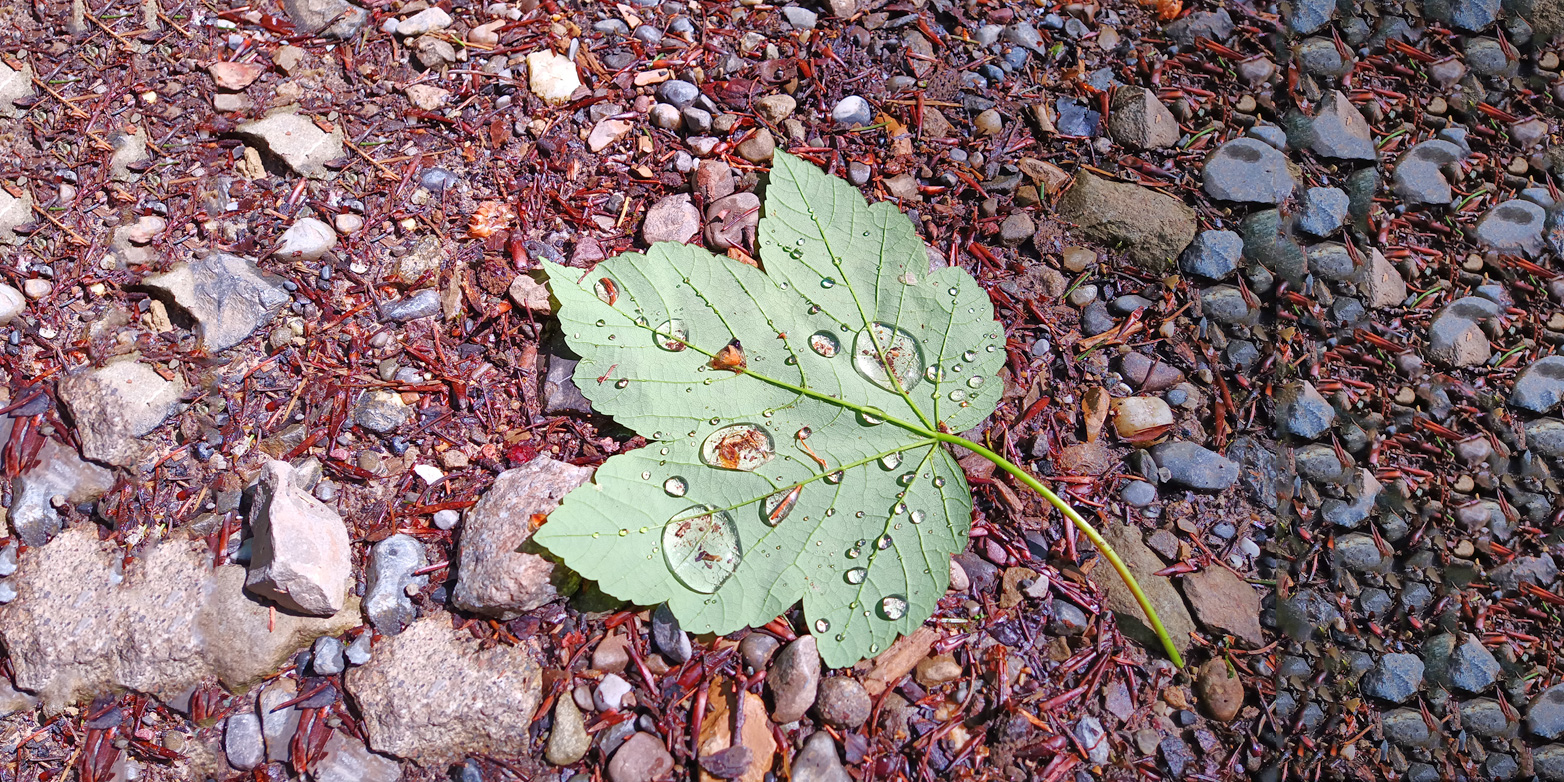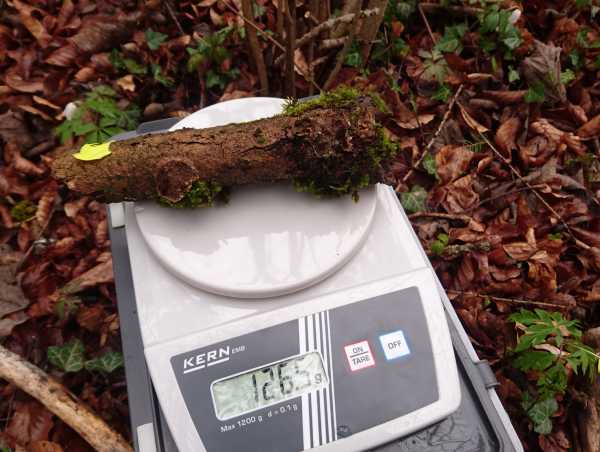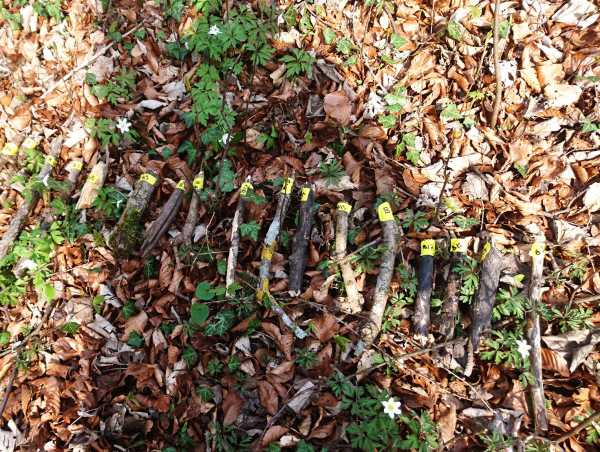Forest-floor litter and deadwood retain around a fifth of precipitation
Extreme weather events are likely becoming more frequent due to climate change. At the forest experimental site “Waldlabor Zürich”, D-BAUG researchers around Dr. Marius Floriancic and Professor Peter Molnar investigate the impact of droughts on trees. In a recently published study, they have shown that litter and deadwood store a significant proportion of annual precipitation and that trees are far more efficient in their water use than previously assumed.

Which journey does a raindrop take before it evaporates again after hours, days or years? D-BAUG researchers show that models of the water cycle need to be corrected. (Photo: IfU/D-BAUG, ETH Zurich)





